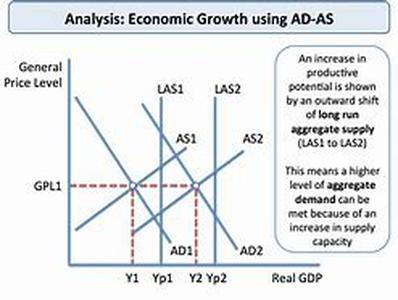
Source: Http:financeequityloans.comCategory: Student LoansArticle Body: Going To College Takes A Bunch Of Money These Days! Invariably, Most Students End Up With An Amount Due After Their Graduation And This Amount Will Be More Than The Original Borrowed Amount. This Is Due To The Fact Many Student Loan Include A Deferment Period. After All, How Affordable Would A Student Loan Be If The Student Had To Come Up With Monthly Payments While He Was In College?This Article Talks About The Student Loan Deferments And How They Affect The Bottom Line. Namely, How Much The Student Will Be Liable For After His Education.What Is A Deferment Period?When Student Loans Are Made, The First Payment Will Not Be Due Until After Graduation Or Until The Student Quits School. This Means The Student Can Spend 4 Years In College, Graduate, Get A Job And Then Start Paying Back The Loan.One Aspect Of This Type Of Loan That Cannot Be Overlooked Is During The Deferment Period The Loan Is Accumulating Interest. This Means A Loan Of 20,000 Can Become 30,000 By The Time The Student Starts To Pay It Off. This Is A Dirty Deal, But It Comes Under The Heading, "there Is No Such Thing As A Free Lunch."The Difference Between A Straight Loan And A Deferred OneLet's Look At How This Works. If A Person Takes Out A Regular Loan For 20,000 At 7 For 7 Years, Or 84 Payments, And He Is Going To Start Paying On The First Month, His Payment Will Be 301.85 Each Month.If A Person Takes Out A Deferred Student Loan For 20,000 At 7 For 7 Years, Or 84 Payments, But The First Payment Isn't Due For 4 Years, The Total Amount Owed Will Have Become 2,6441.08 By The Time The First Payment Is Due And The Monthly Payment Will Be 399.07. So, This Is Another Wrinkle The Student Has To Contend With To Get That Ever-important Sheepskin.It Is Important To Get An Accurate Idea What The Payments Will Be After Graduation, You Have To Use A Student Loan Calculator That Includes An Entry For The Deferment Period Or Else You Won't Be Getting The Actual Amount Owed Or Monthly Payment Due When The Payback Period Begins.Another ExampleLet's Take Another Example. The Student Gets A Loan For 35,000, Which Has A 10-year Payoff Period. The Payments Start After A 4 Years And The Interest Rate Is 7. Here's The Way The Numbers Look For This Loan. When The Payments Come Due The Total Loan Will Have Ballooned To 46,271.89 And The Payment Will Be 537.26.Now Let's Complicate Things A Little More. The Student May Have To Take A Separate Loan For Each Of The Years He Is In School. The Lender May Allow Different Deferment Periods For Each Loan. So, He May End Up With 20,000 Deferred For 4 Years, 20,000 Deferred For 3 Years, 20,000 Deferred For 2 Years And Well, You Get The Idea.In Short, When Dealing With Student Loans, Don't Forget The Deferment Aspect To It. It Can Make A Huge Difference In The Final Numbers.





